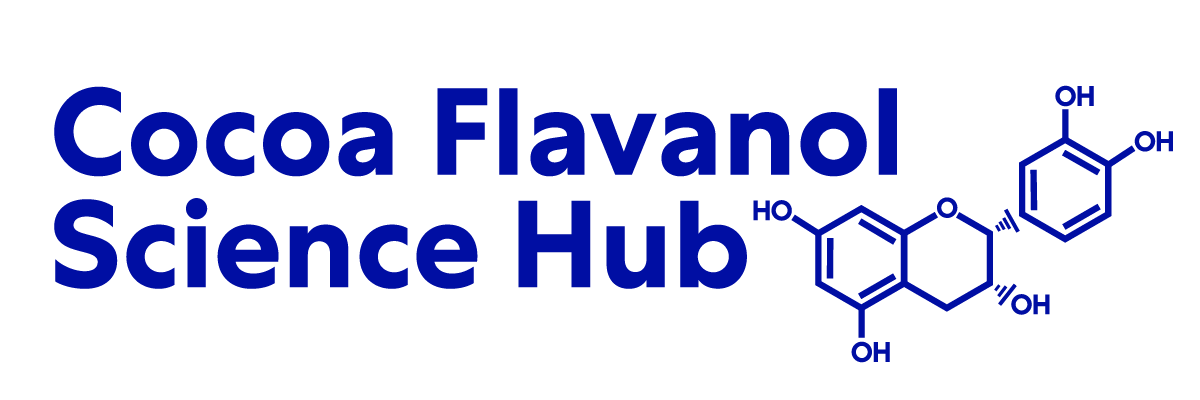Absorption, metabolism, distribution and excretion of (-)-epicatechin: A review of recent findings.
This paper reviews pioneering human studies, their limitations and recent investigations on the absorption, metabolism, distribution and excretion (aka bioavailability) of (-)-epicatechin. Progress has been made possible by improvements in mass spectrometric detection when coupled to high performance liquid chromatography and through the increasing availability of authentic reference compounds of in vivo metabolites of (-)-epicatechin. Studies have shown that [2-14C](-)-epicatechin is absorbed in the small intestine with the 12 structural-related (-)-epicatechin metabolites (SREMs), mainly in the form of (-)-epicatechin-3'-O-glucuronide, 3'-O-methyl-(-)-epicatechin-5-sulfate and (-)-epicatechin-3'-sulfate, attaining sub-μmol/L peak plasma concentrations (Cmax) ∼1 h after ingestion. SREMs were excreted in urine over a 24 h period in amounts corresponding to 20% of (-)-epicatechin intake. On reaching the colon the flavan-3-ol undergoes microbiota-mediated conversions yielding the 5C-ring fission metabolites (5C-RFMs) 5-(hydroxyphenyl)-γ-valerolactones and 5-(hydroxyphenyl)-γ-hydroxyvaleric acids which appear in plasma as phase II metabolites with a Cmax of 5.8 h after intake and are excreted in quantities equivalent to 42% of the ingested (-)-epicatechin. Other catabolites excreted in 0-24 h urine in amounts equivalent to 28% of intake included 3-(3'-hydroxyphenyl)hydracrylic acid, hippuric acid and 3'-hydroxyhippuric acid. Overall (-)-epicatechin is highly bioavailable with urinary excretion indicating that 95% is absorbed and passes through the circulatory systems as a diversity of phase II metabolites. Rats produce a very different profile of SREMs than that of humans. These findings demonstrate that ex vivo studies investigating the mechanisms underlying the protective effects of (-)-epicatechin on human health should make use of physiological concentrations human of SREMs and 5C-RFMs, and not the parent (-)-epicatechin, with model systems derived from human cells. In epidemiological studies 5-(4'-hydroxyphenyl)-γ-valerolactone-3'-sulfate and 5-(4'-hydroxyphenyl)-γ-valerolactone-3'-O-glucuronide, the principal 5C-RFMs in both plasma and urine, could serve as key biomarkers of (-)-epicatechin intake.
See the Full Study > (opens in a new tab)








